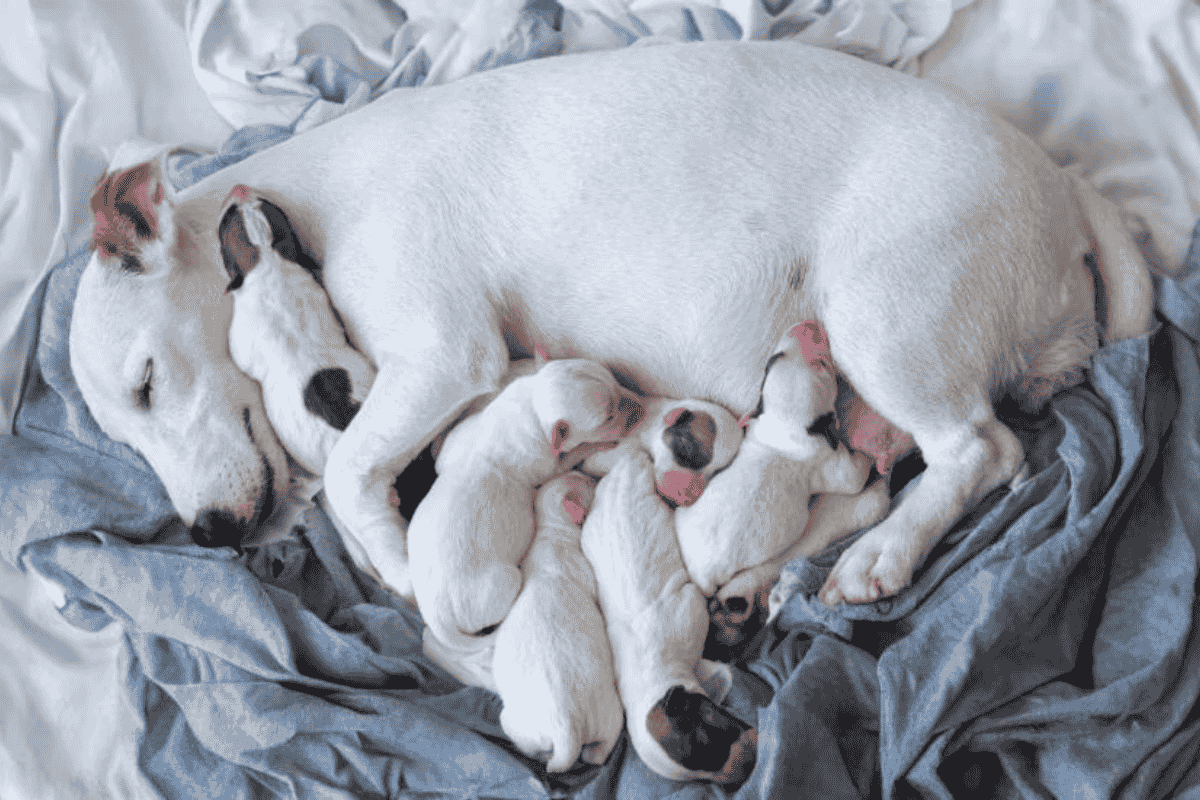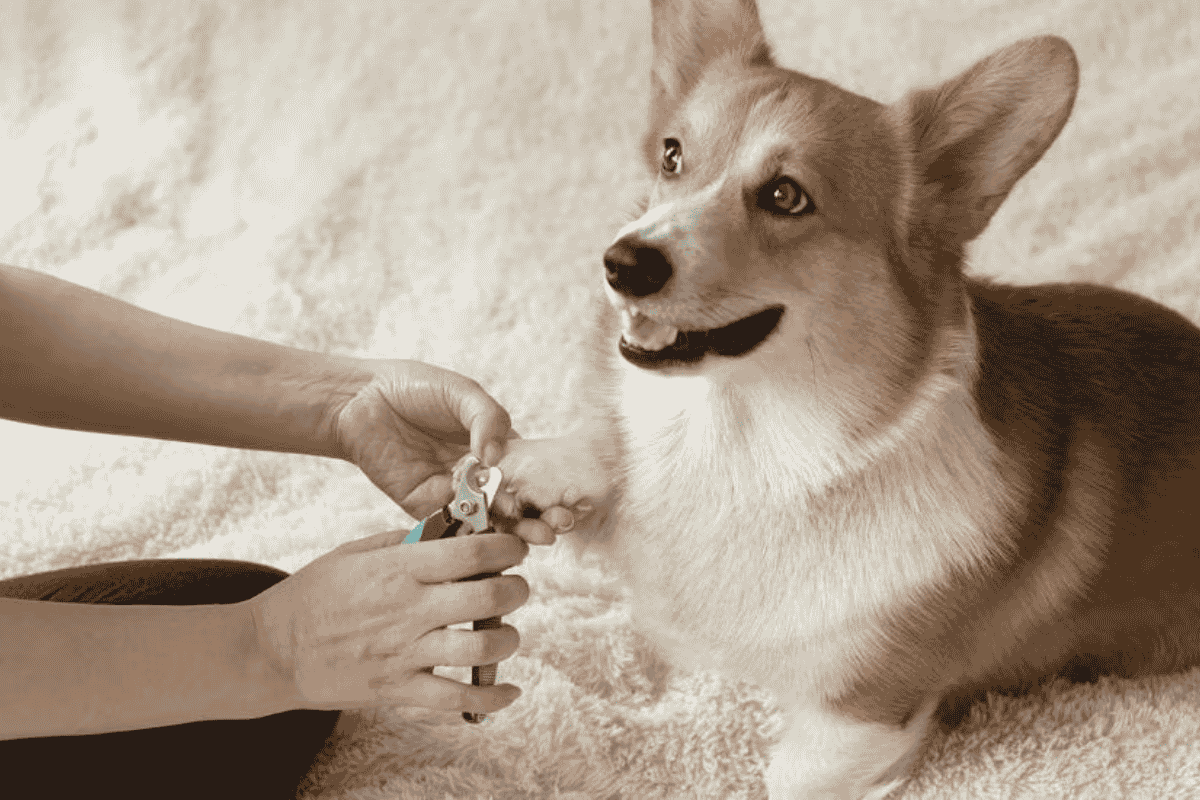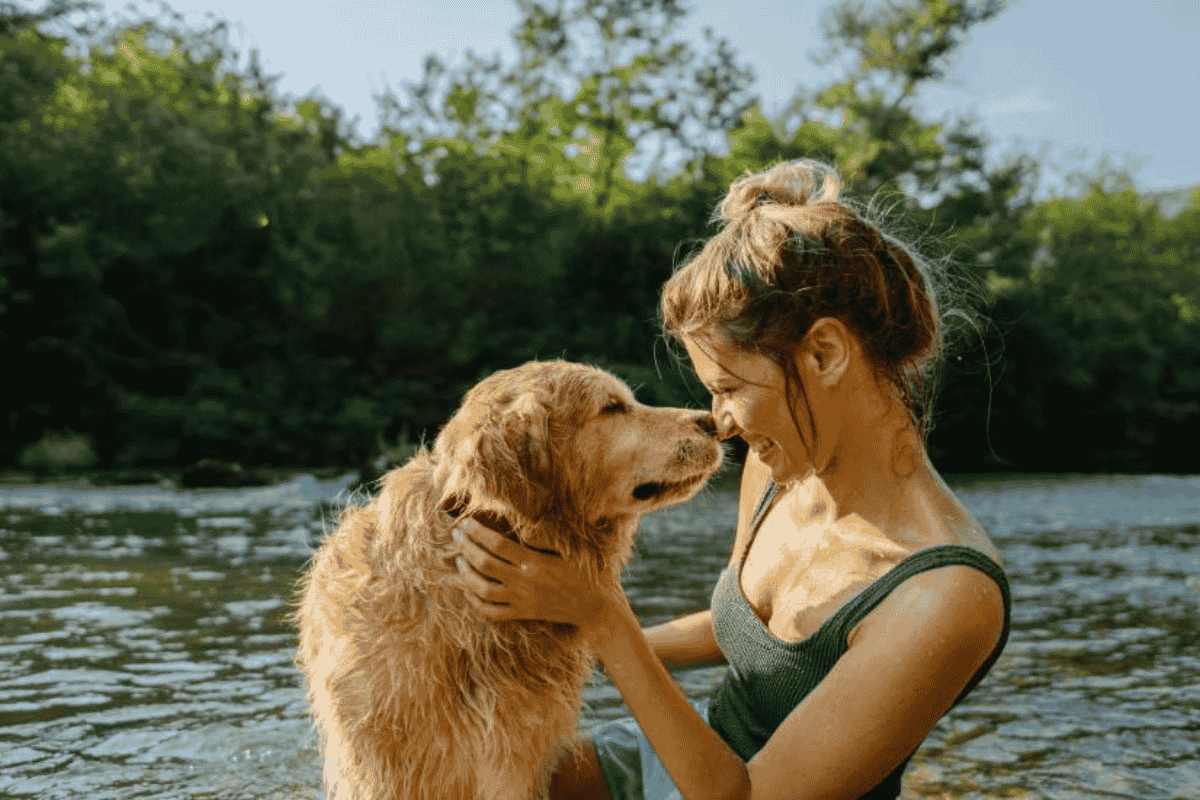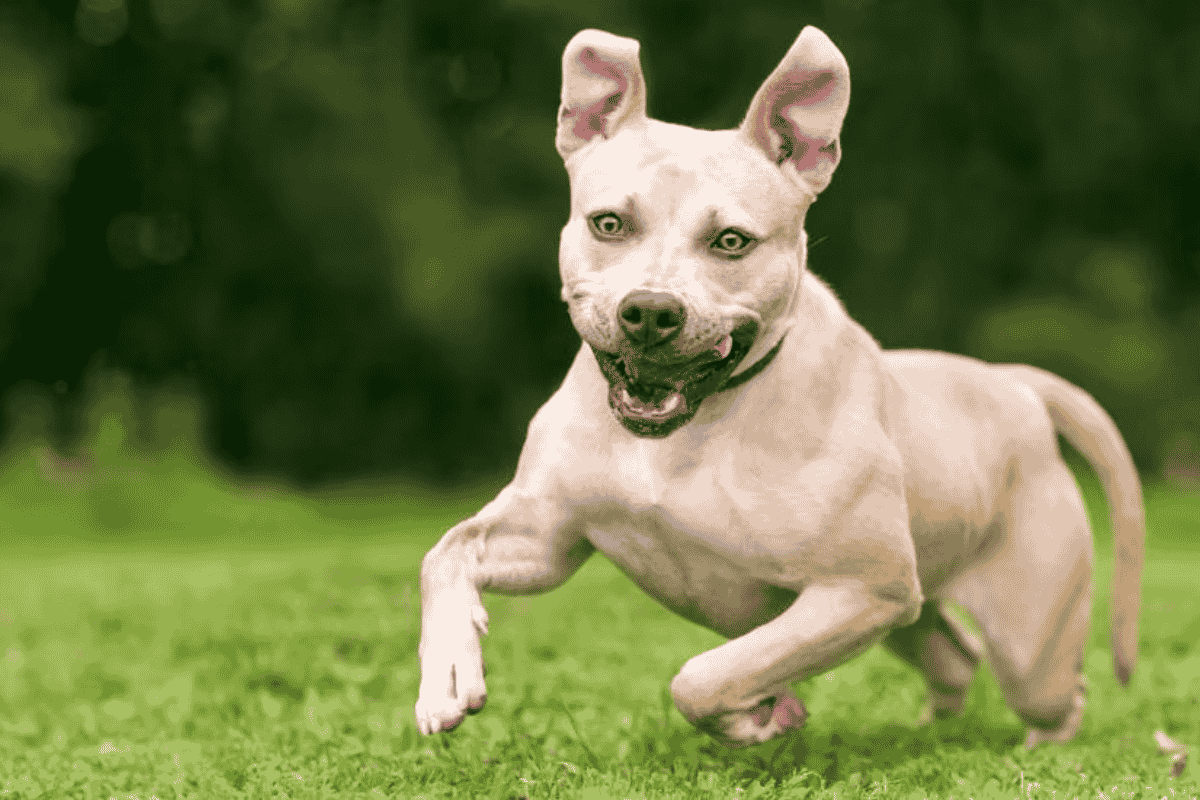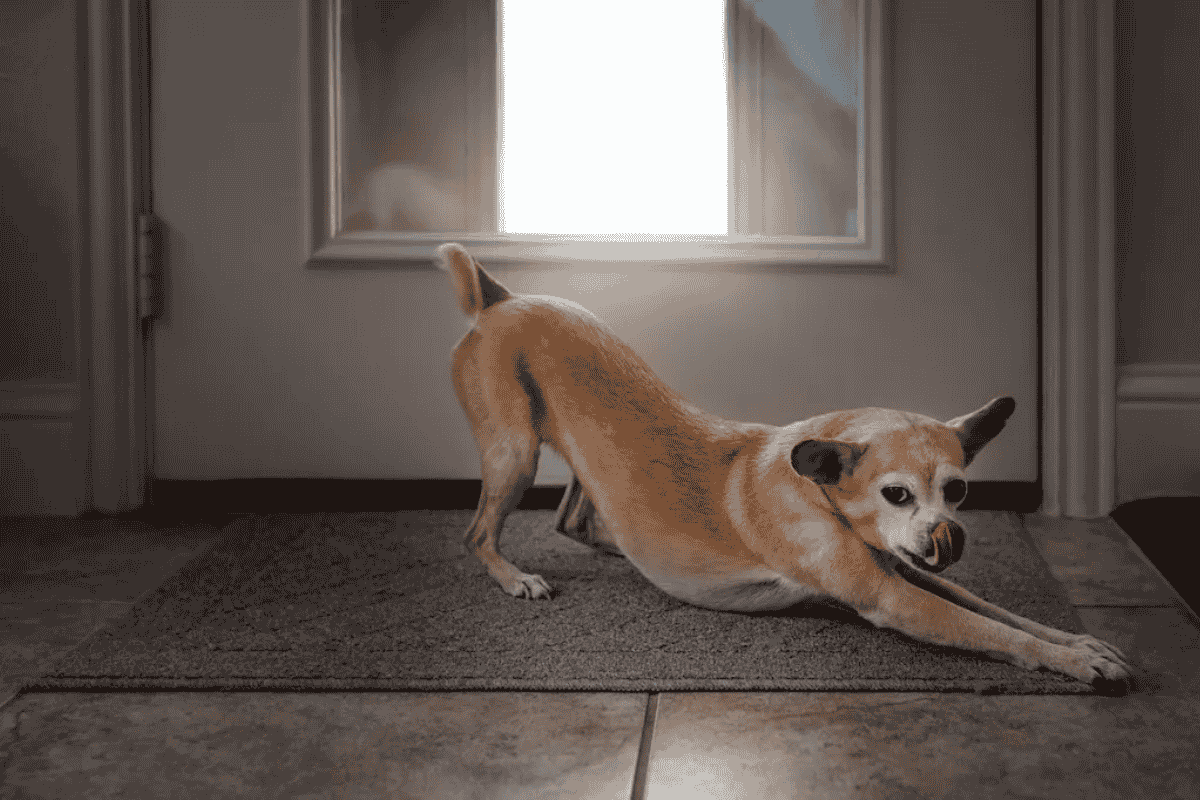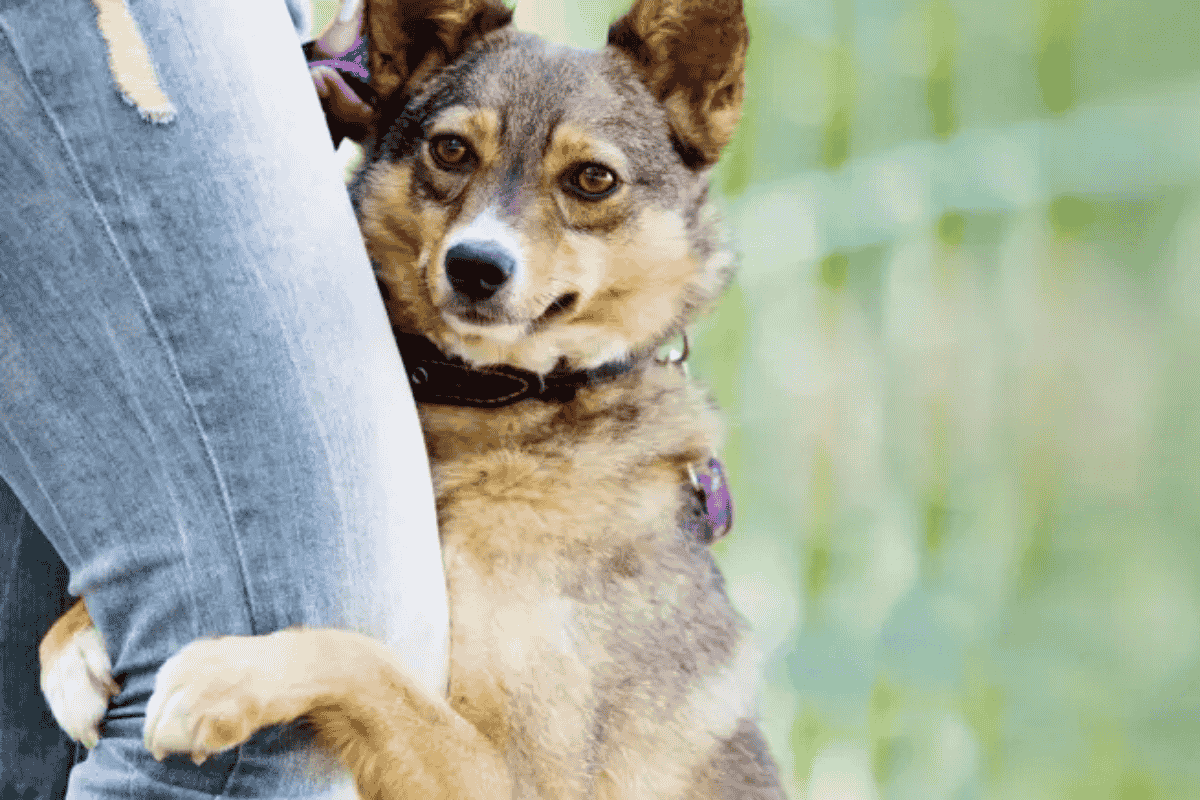If you’ve ever looked up and noticed your dog staring intently at you, you’re not alone. Dogs use eye contact as a form of communication, and while sometimes it’s simply affectionate, other times it can signal stress, curiosity, or even a warning. Here’s what to know about why dogs stare and how you should respond.
Reasons Dogs Stare
Your Dog Wants Something
Dogs quickly learn that making eye contact grabs your attention. Around meal times, before walks, or when they want to play, they may stare at you, paw at you, or move toward the door to let you know what they need.
Your Dog Loves You
Affection can also be behind those big, soulful eyes. Some dogs stare simply because they adore their pet parent and want to keep watch. However, in dogs with separation anxiety, constant staring may come from worry about being left alone.
It Could Signal Aggression
In the animal world, a hard, fixed stare often means trouble. If a dog feels threatened, is guarding food, or perceives you as too close, they may lock eyes as a warning to back off. In these cases, the stare is often accompanied by stiff posture and tense body language.
Your Dog Is Reading You
Dogs are experts at observing their humans. They may watch you to gauge your mood, pick up on cues about what’s happening next, or even comfort you when you’re upset.
Your Dog Is Trying to Tell You Something
Sometimes a stare is the first step in communication. For instance, a dog may look at you, then trot toward the leash or drop into a play bow, inviting you to engage.
How To Tell Why Your Dog Is Staring
When your dog stares, consider:
- The situation: Is it near mealtime? Are you holding a toy or treat?
- Your body language: Did you just do something that might interest them?
- Time of day: Is this when they usually get walked, played with, or fed?
By assessing context, you can better understand whether your dog is asking for something, showing affection, or expressing discomfort.
How To Respond to a Staring Dog
Body language tells the full story. Look beyond the eyes and consider the whole picture:
- Loose and relaxed: Wagging tail, soft posture, and playful expression suggest the dog is friendly and approachable.
- Tense and stiff: A rigid body, lowered tail, or flattened ears paired with a hard stare indicates the dog is uncomfortable—give them space.
If you’re unsure:
- Avoid holding direct eye contact.
- Look away and slowly back up if the dog seems tense.
- Allow the dog to make the first move when it’s safe to interact.
Dogs use their eyes to communicate everything from love and curiosity to stress and warnings. As a pet parent, the key is learning to read their body language and context so you know whether to cuddle, play, or step back.

